Youtube Roasts and Prank Videos Are Not Funny
The Dark Side of Roast Videos That YouTube Doesn’t Want To Show You
Will YouTube act against viral videos targeted at children, the LGBTQ community, and women?
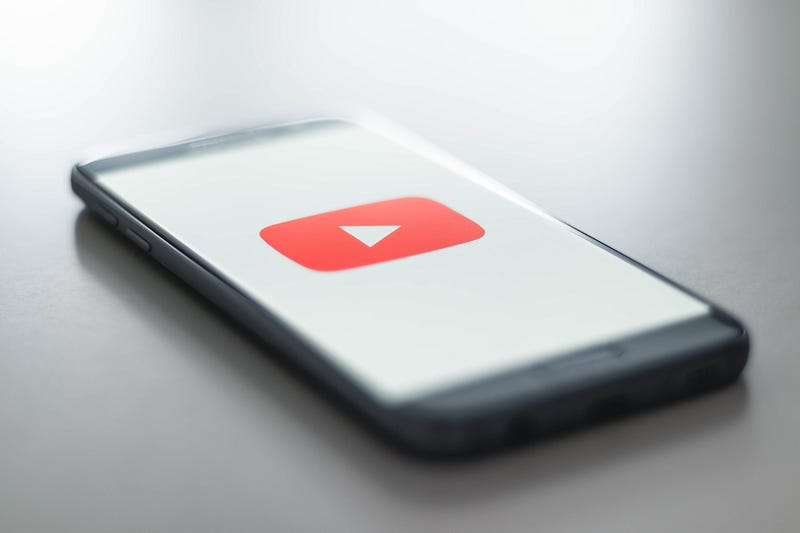
Sachin Pariyar, a nine-year kid from a rural part of Nepal, comes from a financially backward community. He had to drop school in the second standard because his parents couldn’t afford education. Even at the early stage of life, this kid has a sense of humor, and he sings beautifully. He is funny, and he is entertaining.
A YouTube Channel that noticed Sachin gave him coverage and financial support to his family. This followed wide national coverage, and Sachin got viral in no time. Not only YouTubers, but national television also promoted him. YouTuber supported his family to start a new micro-business. Looking at his talent, a nonprofit organization in Kathmandu took his wardenship and enrolled him in a boarding school, where he restarted his education. The platform of YouTube is both boom and boon for Sachin and his family.
“Children are the living messages we send to a time we will not see.” — John F. Kennedy
Sadly, few opportunistic creators took advantage of this situation. They trimmed and edited his original videos to make a roast video that fulfills their purpose. They combined it with doing a fake interview that was nothing other than making fun of his past videos. In simple words, the video was a bullying one.

One of such YouTubers is Zalan, a man with 450k+ followers. He uses interviews broadcasted on other YouTube channels and compiles to make roast videos using tiny clips. On 5th January 2021, he used Sachin’s innocence for comedy (and, of course, to generate money). His viewers found those videos funny, and they appreciated his editing skills.
Entertainment at the expense of an innocent child?
This roasted video became viral, while it deserved no place on social media platforms. It is pitiful to see the ignorance of viewers about child safety.
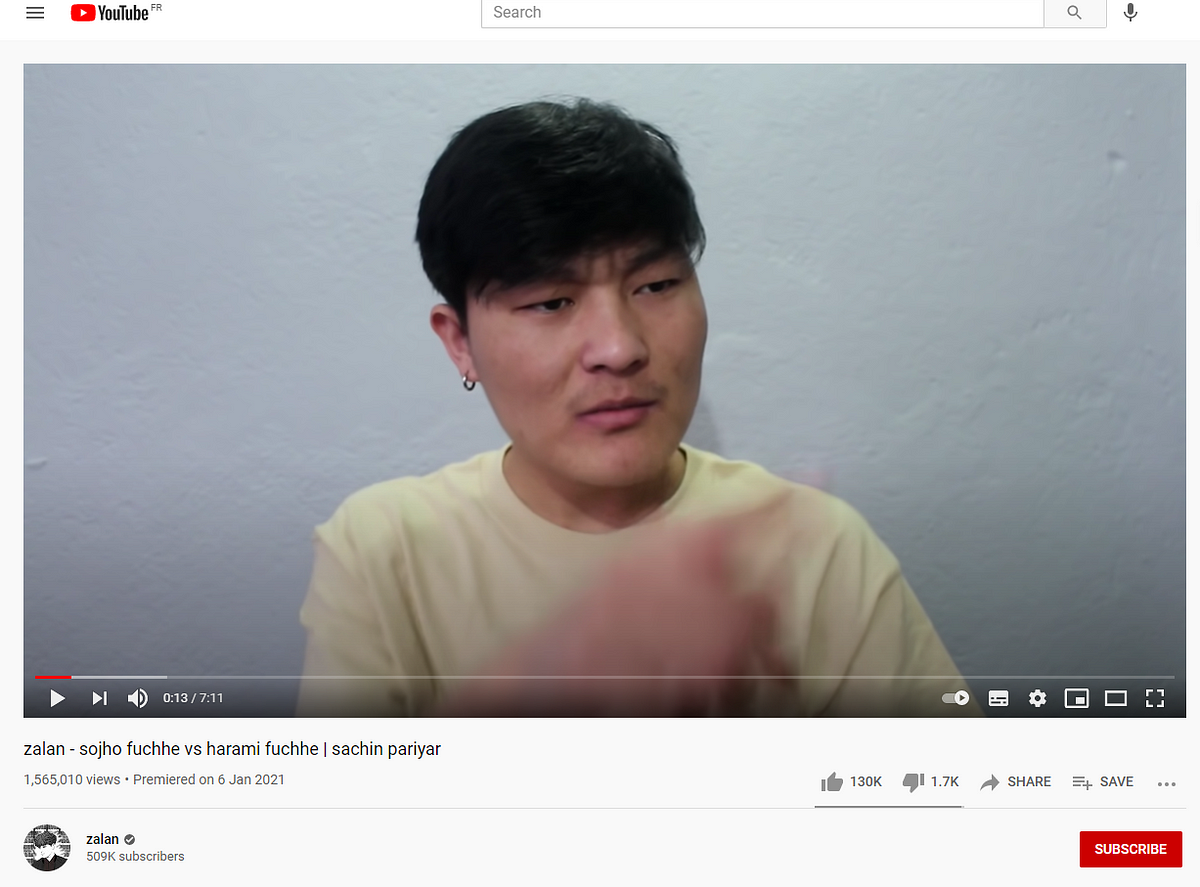
This video by Zalan has already generated 1.5 million views. The title of this video, written in Romanized Nepali itself, abuses children. Its literal meaning is “Naive Kid vs. Bastard Kid.” Since it’s slang, it doesn’t have to mean “bastard.” But it is a word with negative implications. So it is still bad. The creator joins clips of many embarrassing questions and answers to make a video as a single interview. Those questions are mixed of clips for personal questions and aren’t very pleasant. And, of course, he doesn’t have any right to use such slang to any kid openly in such space.

YouTube hasn’t removed this video yet, and I doubt if they ever will think about the removal. Both YouTubers and YouTube are growing their business at the expense of the innocence of the child. Viewers in Nepal might have to see such videos again in the coming days and yet remain silent.
Whenever any user uploads a video on YouTube, the creator must verify that it complies with the Children’s Online Privacy Protection Act (COPPA). Sadly, the questions asked by YouTube (Screenshot below) talk little about protecting children from online abuse. Since Zalan didn’t make this video for kids, there is no one to stop his monetization. YouTube didn’t bother to ask if the creator has taken the consent of the child’s parents.
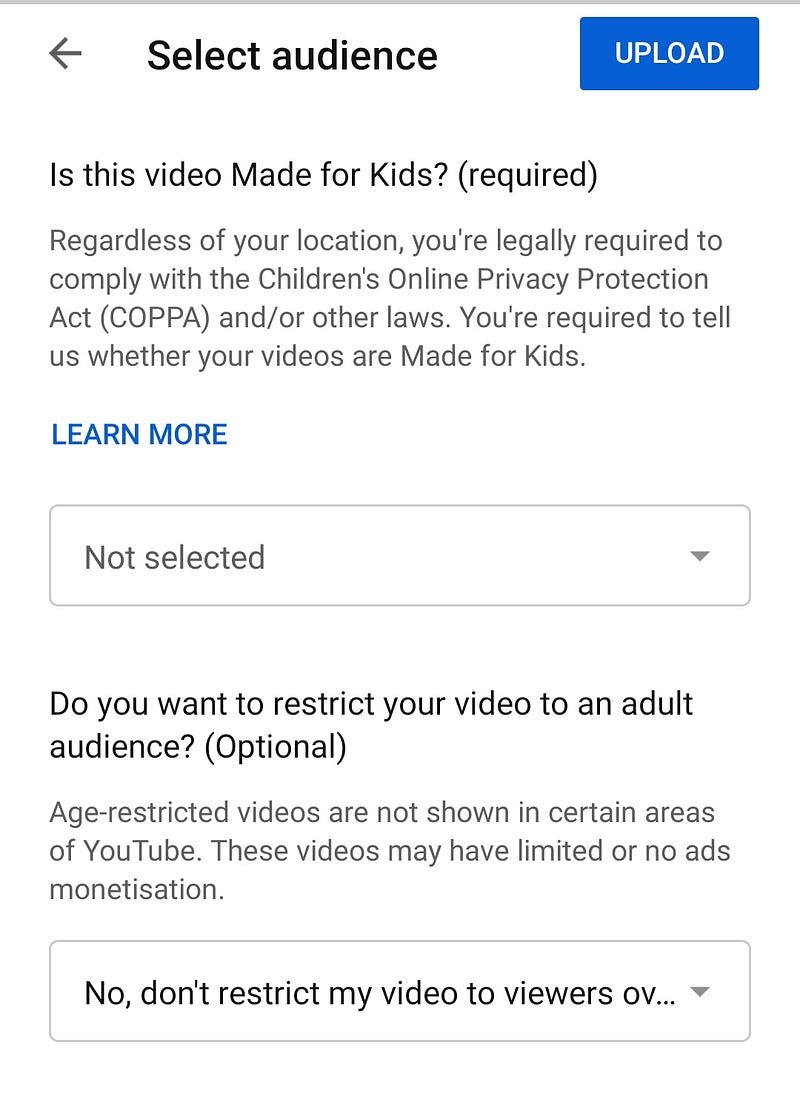
To answer if such video deserves to stay on the public platform, There can be two different questions.
- Does this video violates the COPPA and/or other laws?
- Irrespective of the answer to the first question, Does this video come as an ethical video?
Federal trade commissions explain COPPA specifically about YouTube content creation. As per the policy, “the presence of child celebrities or celebrities who appeal to children in the video” implies it is child-directed content. This also means that no person can upload a child’s video without the consent of his guardian. So clearly, this video violates COPPA and or other laws. As this video also contains abusive and bullying language towards a kid, it is not an ethical video.
With Sachin Pariyar, the roasted video is not only an unauthorized copy but also an unethical use of video intending to defame a child for words he never meant and for a crime he never committed.
The story of the roasted video didn’t stop just with Zalan. Other tens of videos came as reactions to Zalan’s video, and a few gathered six-digit views. Those videos make money using little kids, but barely a word spoken. I wish monetization was not so easy on YouTube.
Is COPPA only for Europe and America?
No, Children’s Online Privacy Protection Act is not just for Europe and America. As mentioned by YouTube (seen in the above screenshot), a creator needs to comply with the law regardless of its location. But less often, YouTubers from Asia and Africa have adhered to this policy. The lack of online awareness means we repeatedly see Children from Nepal on YouTube videos.
“It is not possible to be in favor of justice for some people and not be in favor of justice for all people.” — Martin Luther King Jr.
It is easy to post photos and videos of children when YouTube and other social giants stayed silent over the repeated violation of content policy outside America and Europe. Google and YouTube paid a $170 million penalty for violation of COPPA in 2019. I wish there were someone who could remind them about their global ignorance. YouTube operates in 100 countries but has its local office only in 6 countries, none in Asia and Africa. This limits YouTube from understanding the social need of countries where it operates.
Videos targeted at LGBTQ Community are trending on YouTube
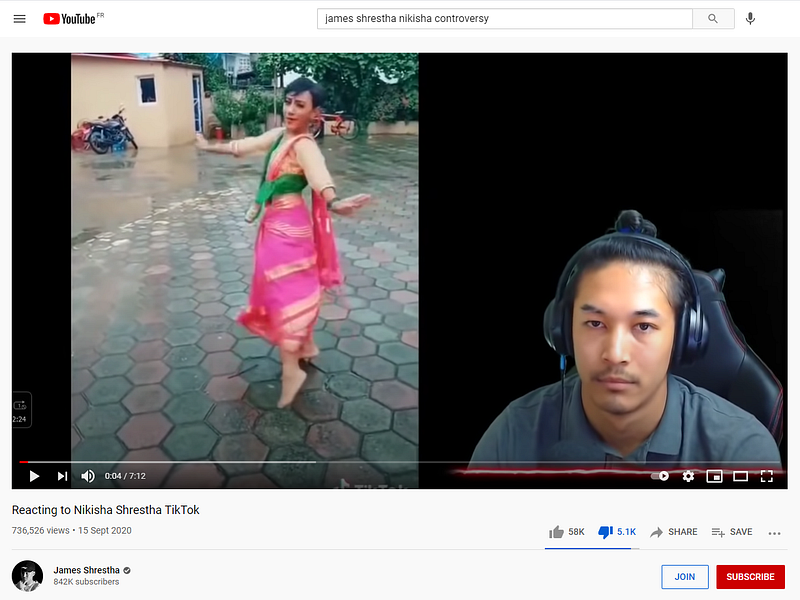
Sachin Pariyar is just an example. YouTubers have not spared the LGBTQ community either. James Shrestha, a YouTuber and a gamer, abused Nikisha Shrestha for her dance in transgender appearance.
Nikisha was born as a boy and named Nikesh. She changed her name to Nikisha and identified herself as a girl. Her transgender identity brought harassment leading to dropping from school. She used TikTok as a platform to show her dance talent. TikTok got her 400k+ followers, but ever since she started posting content, people have trolled and abused her.
James publicly questioned the gender of Nikisha. He roasted her TikTok dance videos and her tone of speaking. More than all, he and his mate “Narayan Solti” discussed as if Nikisha is his personal toy. While some people thought it was a complete entertainer package, It was an intolerable video for many other viewers. Few objected to this content and took discussions to Twitter, but it was not enough to catch YouTube’s attention.

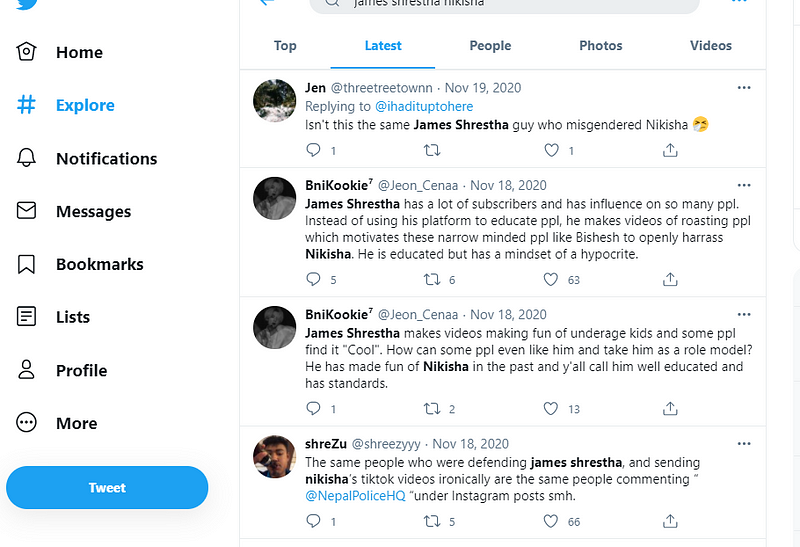
The harassment against Nikisha didn’t stop there. Since YouTube didn’t bother to act against James or any of the bullying videos, many other channels created roast videos targeting Nikisha. Why shouldn’t they? It was a simple way to generate views and money for all in the country vulnerable to such issues.
YouTubers continued to harass Nikisha for her appearance. Three teenagers crossed the limit so much that they physically abused her on the street, and they uploaded videos of street harassment on social media. The video went viral. Nepal police arrested those teenagers to investigate further, but it hasn’t arrested any other online abuser.
Instead of serving as a platform to spread hate against the transgender community, Social media needed to protect Nikisha from such harassment. YouTube has earned by playing with her emotions. It doesn’t seem to stop anywhere soon.
Your bride is my girlfriend prank
This happened a few years ago in Nepal when YouTube started its monetization. YouTubers went for a prank so much that they started digging into personal life. One such viral video was a teenager who randomly entered a wedding function and started saying, “Your bride is my girlfriend.” While the girl said she doesn’t know this guy, he continued, “She dated me for years, we spend wonderful moments, but now she is telling a lie.” In Nepalese society, having a boyfriend before marriage comes as a matter of prestige; such a claim can easily disrupt a wedding or ruin a marriage. The girl cried and cried until the boy said, “It’s a prank.”
This original video got deleted from YouTube after being online for more than years and reaching hundreds of thousands of people. A copy of this video still exists on YouTube. It motivated many people to create such videos, but it was also an emotional attack for family members in the name of prank and YouTube monetization. We still find such prank videos on YouTube, the latest popular one uploaded in December 2020.
Nepal is just an example
Nepal is just an example. We never know how many South Asian and other African countries might have faced such types of problems. YouTubers attack marginalized, suppressed, and voiceless people through their videos. Such videos trend just because a major part of people think roast, prank videos are funny, realizing no one deserves such treatment. It’s a straightforward way for creators to generate revenues because of their controversial nature, and YouTube continues to maintain its business, disregarding the purpose it stands for.
“We promote the rights and wellbeing of every child, in everything we do,” — Motto of UNICEF
Can we spare such creators?
None of us want our videos to be misused. None of us want videos of our children to be roasted to entertain random people. Sachin is a kid who is yet to know what is right and what is wrong. Nikisha is a soul who is searching for an identity and a way of living. Why should their videos be misused for unethical use?
A justice to Sachin Pariyar, Nikisha Shrestha, and other harassed individuals can be just a tiny ray of hope. But even if YouTube can delete those bullying videos, it will send a powerful message to creators who think roasting an individual is a shortcut to success. If YouTube can suspend their account for at least a week, it will be a lesson for the whole country. But the question is, will YouTube even bother to take such steps? Will such creators ever be punished by YouTube?
There should be “The end” somewhere
Had it been a case in any European countries or The United States of America, YouTube would have been heavily fined for ignoring such issues, and YouTube would remove such videos or restrict such accounts overnight. Sadly, it doesn’t happen when an individual from Nepal (or any developing country) needs social media justice. There should be an end. There should be an end to such harassment and roast where an individual’s dignity comes second to business.
Photos and video stock portals need a creator to upload a model consent form for every recognized face; YouTube has not yet rolled out such a strategy despite being a leading tech company. If it couldn’t roll out to all videos, it can ask for a consent form to protect children’s online privacy.
YouTube is becoming a lucrative earning; there is a sporadic growth of content creators in South Asia. People can produce any level of content, even if they violate community guidelines. With no strong privacy law by the government in the region and our public’s unawareness level, we need YouTube to protect and be attentive to our children and marginalized community more than any other people in the world. But this seems to come nowhere in the future. Even if it comes to Europe and America, God knows when they will be for children of Asia and Africa. There should be an end.
At this moment, if we say, “We promote the rights and wellbeing of every child (and women and LGBTQ), in everything we do,” I want to ask a question to all of us, Do we really look at the right of every child?

Thank you for the information, Your information is very helpful for us
ReplyDeleteBird Watching in Nainital